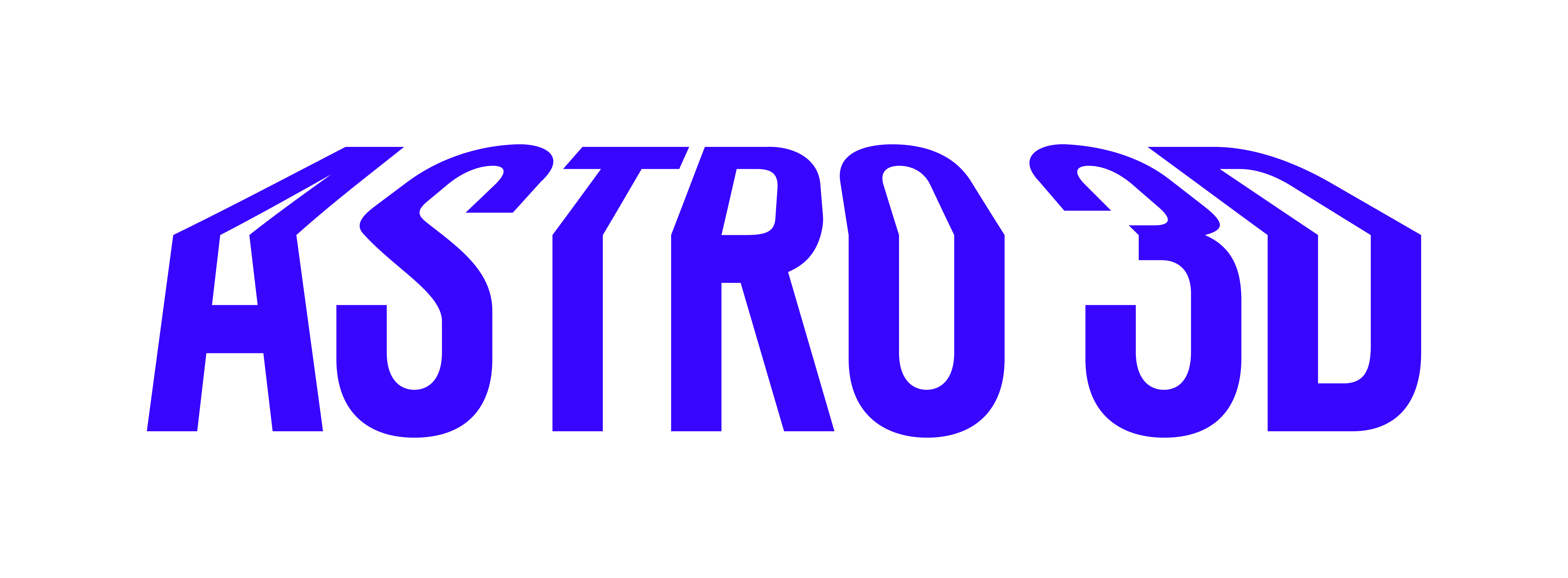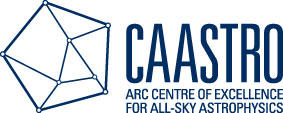SAMI and MaNGA kinematic measurements are severely impacted by seeing (Graham et al. 2018, Harborne et al. 2020) and also have larger kinematic uncertainties as compared to earlier IFS surveys due to their lower signal-to-noise (S/N). With the conventional approach of using kinemetry to classify galaxies as Regular and Non-Regular galaxies we demonstrated that no clear separation exists between those classes in the λR-ε plane of SAMI galaxies (van de Sande+2017). Although seeing corrections for λR now exist (Graham et al. 2018, Harborne et al. 2020), the correction is typically only applicable to galaxies with regular velocity fields, or causes considerable scatter for galaxies with complex velocity fields near the fast/slow division line. Consequently, by only seeing correcting a subset of the sample an artificial bimodality is created in the λR-ε diagram, which is then also used to classify fast and slow rotators. Therefore, a new approach is required to seperate non-regular or slow rotating galaxies and the fast-rotating population in low-S/N, seeing-dominated data. More importantly, under the assumption that two distinct dynamic populations of galaxies exist, the overlap of the λR distributions of both populations need to be assessed to determine the fractional uncertainties if a single selection criterion is used.
This project will revisit the dynamical galaxy demographics in era of large IFS samples where the impact of seeing and data quality is significant. We propose to use the SAMI Galaxy Survey data that has a large range in galaxy stellar mass, morphology, seeing conditions, and data quality. This dataset provides an ideal test case to investigate this problem. The main goal of this project is 1) to determine the impact of different seeing correction methods on the kinematic populations, 2) quantify the overlap and scatter in the fast and slow rotator distributions, and 3) to provide an updated selection criteria for separating galaxies that belong to different kinematic families.
This project is a spin-off of the ongoing project "the Changing Dynamical Properties of Galaxies as a Function of Environment". This proposed project intends to answer the critical question of "how to select fast and slow rotators in seeing dominated data", which is crucial for finalising the results of the environmental dependence project.




